Oh yes! Salomé’s dance really did make someone lose their head. And definitely not in a good way.
First broadcast on International Dance Day, this looks like the ultimate Burlesque routine, I reckon. I mean, wow! Great back bend, elegant arms and head, the shoes completely match the outfit and she’s either brought along a leopard or is completely comfortable dancing with one in the room…
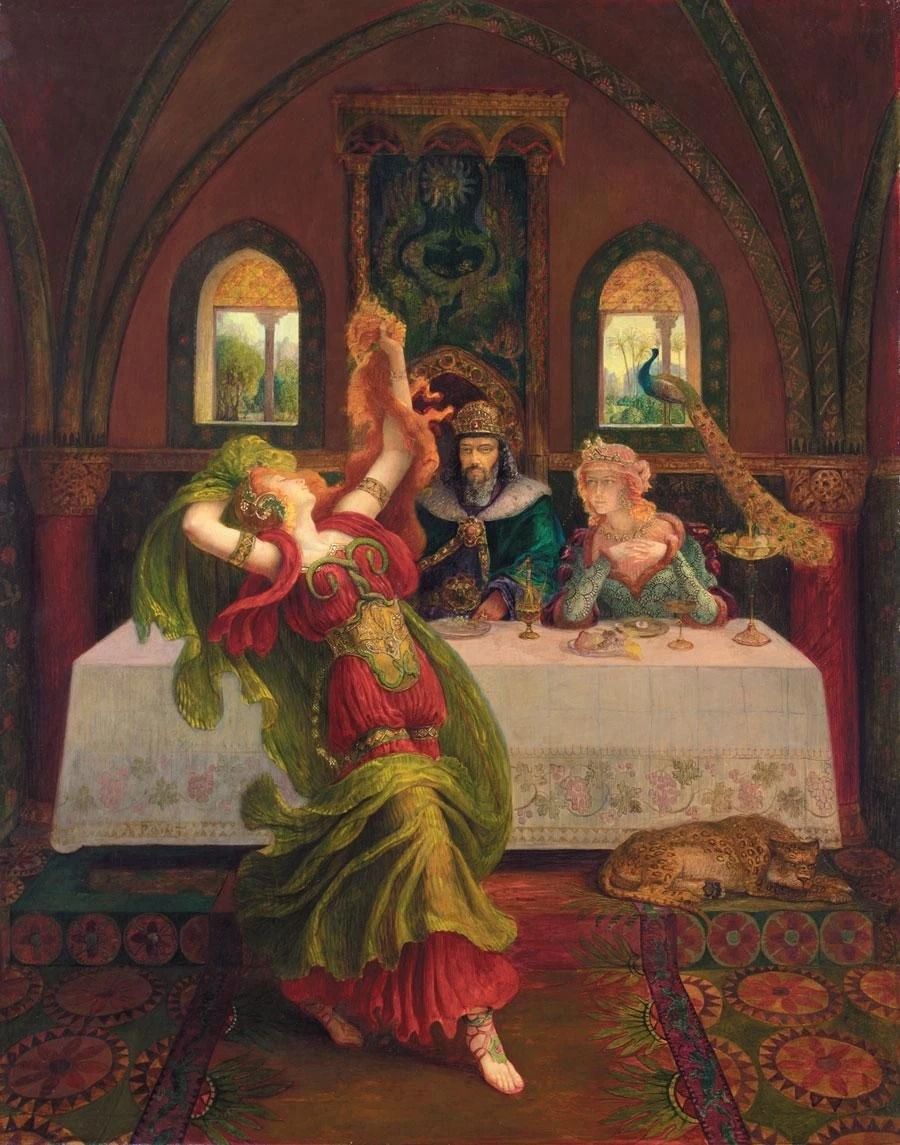
Armand Point, Dance of Salomé, 1898, private collection?
The couple she’s dancing for are pretty into it too. Clearly wealthy, he’s on a throne and they are both wearing a crown. Who are they? What’s with the peacock?
Well, if I say ‘dance of the seven veils’ does that give you a clue?
This is Herod – or actually Herod II, son of Herod who was King of Judea, and infamous for the massacre of the innocents. By his side is wife, Herodia. So of course the dancer is Salomé, the daughter of Herodia and Herod. But not this Herod, oh no. Nor Herod’s dad, but a different Herod altogether, Herod Philip, from whom Herodia was divorced. So many Herods! And the problem was that they were all related. Because both Herods were the sons of Herod… got it?
Let’s go back a few weeks, months, even years, before this dance took place.
Herodias and Herod Philip marry and have a daughter, Salomé. Then they fall out and get divorced. Herodias eyes up his half-brother Herod Antipas and, as she has a way of getting what she wants (as we’ll see), they end up marrying, much to the vehement condemnation of one John the Baptist which really upset Herodias. Herodias suggested quite strongly to her new husband that they could easily get rid of John the Baptist but as the saint was pretty popular, Herod refused and said he wasn’t interested.
What DID interest him, however, was the beautiful Salomé. So Herodias took her chance on his birthday and said if Salomé dances for you what will you give her? I imagine his eyes misting over here as he wrings his hands in anticipation and declares (greedily) that frankly give her anything she wants! Hmmm.
So here is Salomé, in a late 19th century work by the French symbolist artist Armand Point, looking fabulous and working the room alongside a peacock and leopard.
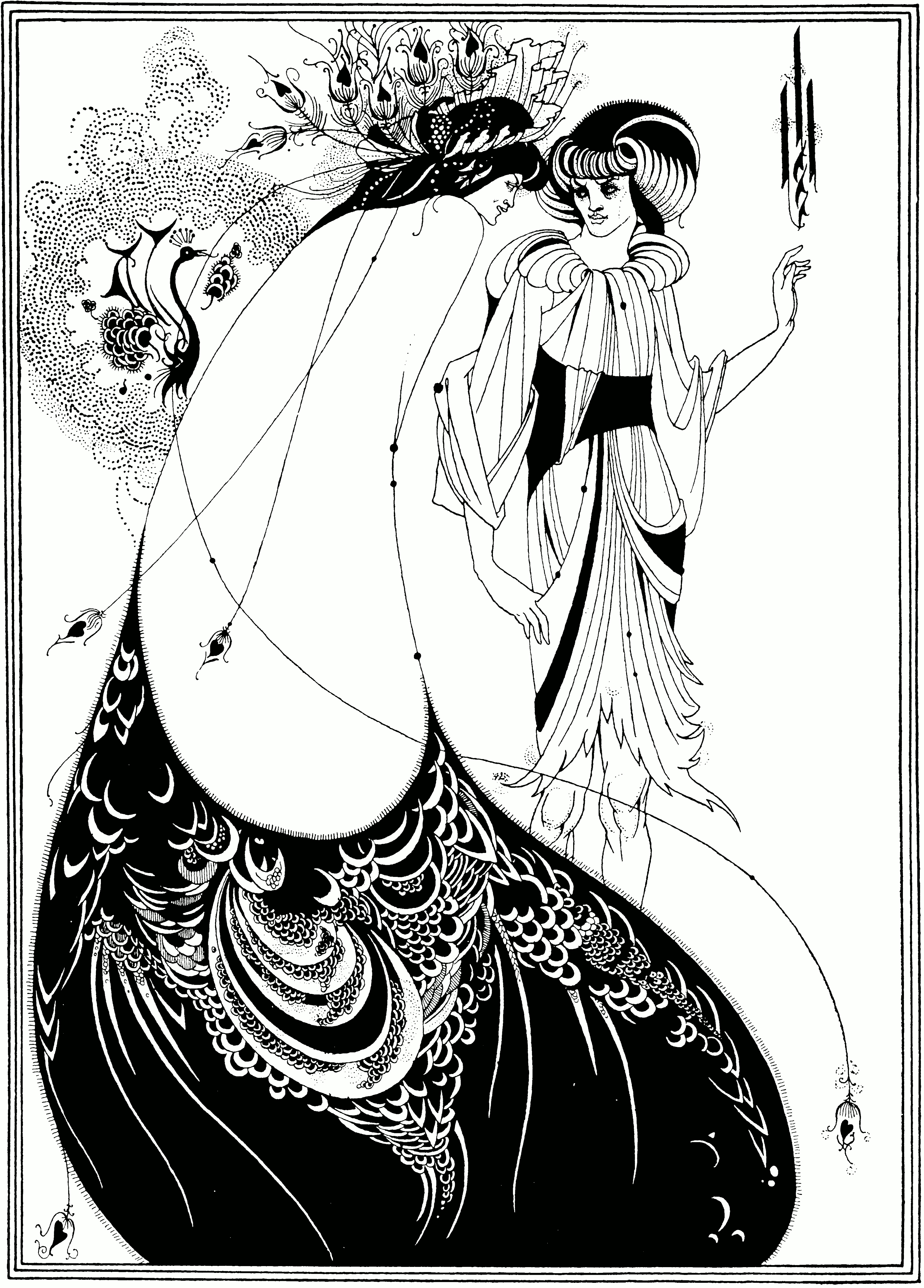
Aubrey Beardsley, The Peacock Skirt, Illustrations for Oscar Wilde’s Salomé, 1894, Print in V & A, London
Peacocks have been a symbol of wealth, beauty and rebirth (in a Christian context) since ancient times but they were hugely fashionable in the 1890s – they were used as a motif by the illustrator Aubrey Beardsley throughout his 1894 illustrations for Oscar Wilde’s play, Salomé. I suppose their extravagant, beautiful exoticism fit the bill perfectly. And, by the way, Oscar Wilde is the man that coined the phrase ‘the dance of the seven veils’ in his one act play.
The leopard is a hunting animal, sleek and elegant; perhaps a sign of things to come?
The trade-off is of course that Salomé, prompted by her vengeful mother, asks for John the Baptist’s head on a platter. Against his better judgment, Herod reluctantly acceded to her request. Not that you’d get much of the horror of what’s to come from Point’s offering.
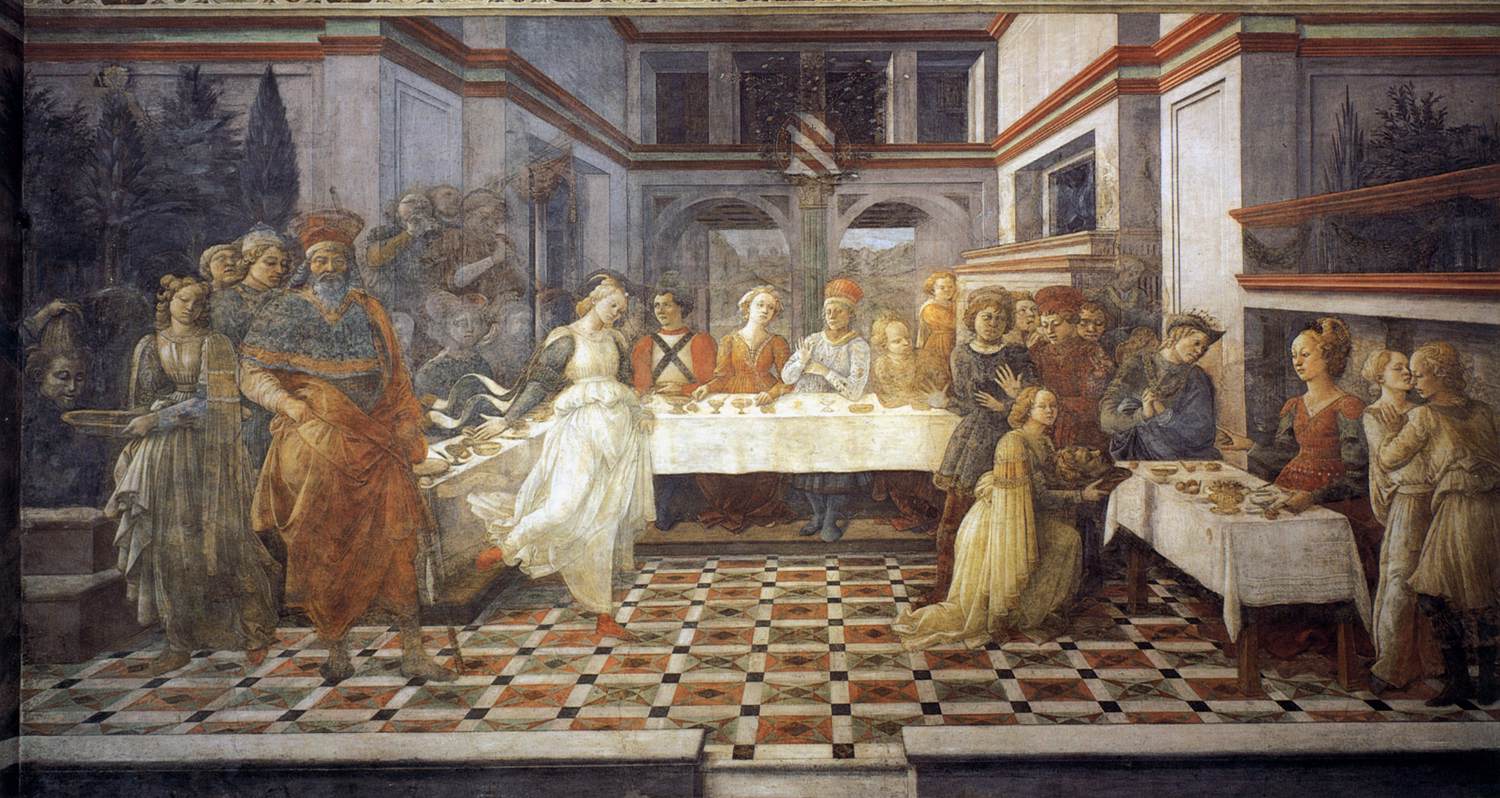
Fra Lippi, Herod’s Feast, between 1452 and 1465, Prato Cathedral
The fabulous early Renaissance artist Fra Lippi, on the other hand, tells us exactly what’s going on in his mid 15th century fresco. No peacocks here, just good old fashioned story telling.
Centre left we can see Salomé dancing, not looking quite as happy and seductive as she does in the 19th century version, but youthful and lovely nonetheless.
She is seen again to the left of the fresco receiving Saint John the Baptist’s head on the platter, and a third time to the right of the picture presenting it to Herodias who appears to be saying, ‘no, no, it’s for him’ whilst pointing at Herod. I’m not sure whether the couple to the far right are about to have a cheeky snog whilst everyone’s distracted, or whether they are reacting to the horror of having a head brought to the table!
Some artists just didn’t bother with the dancing and went straight for the head on a platter scenario.
I love this fashionable lady of the Wittenberg court as depicted by Lucas Cranach the Elder with her reddish necklaces that echo the horrible red blood of St John’s decapitated head. Cranach painted this theme a lot. Most of the works are quite small in size and would have been for private patrons. They share the common theme of depicting a haughty woman with a high forehead, the beauty ideal at the time, perfectly dressed in extremely fashionable clothes and calmly displaying a severed head. The thrill of the horror combined with the sensuality of Salomé proved a winning combination. Plus ça change!!!
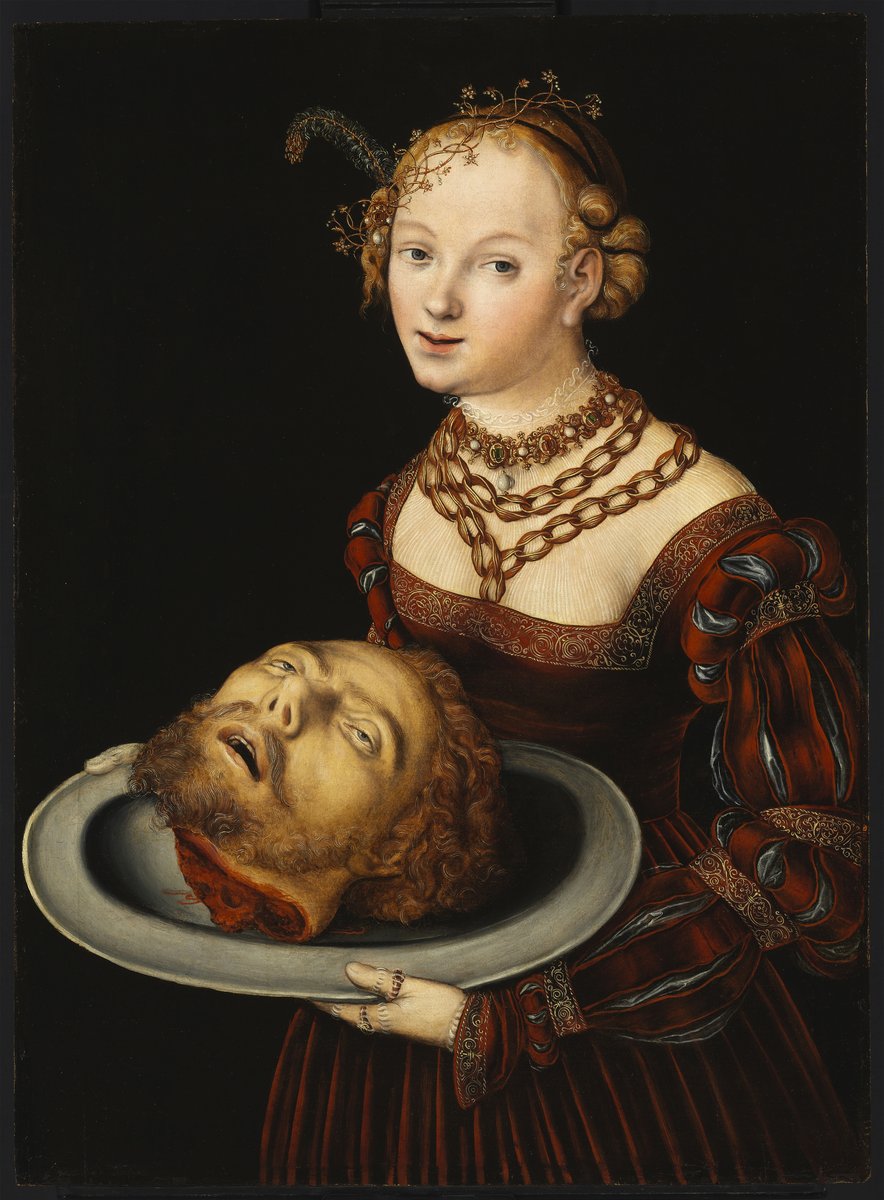
Lucas Cranach the Elder, Salomé with the Head of John the Baptist, 1530s, Fine Art Museum, Budapest
The video of this episode can be viewed here. To view the entire ‘Elevenses with Lynne’ archive, head to the Free Art Videos page.


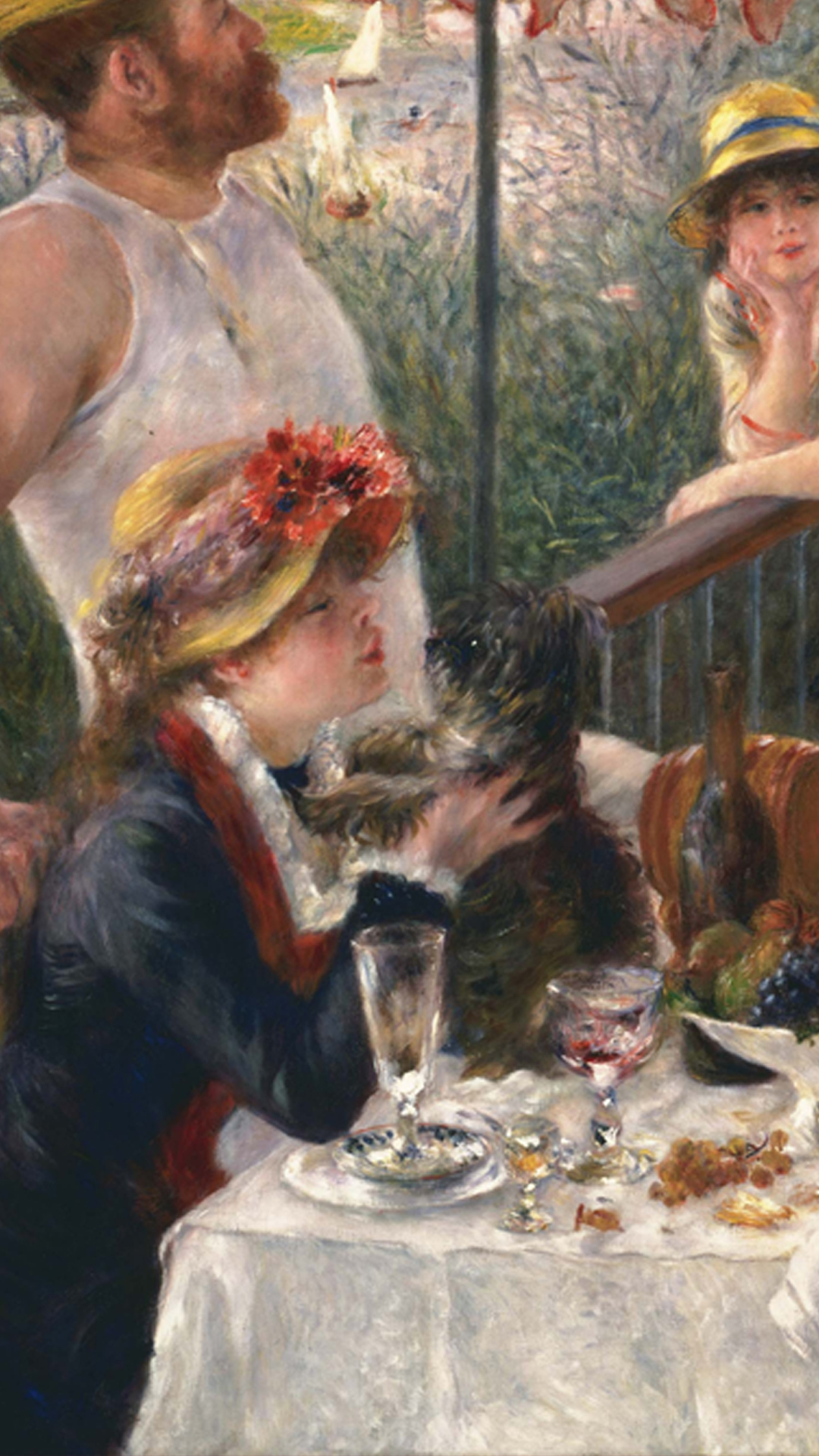
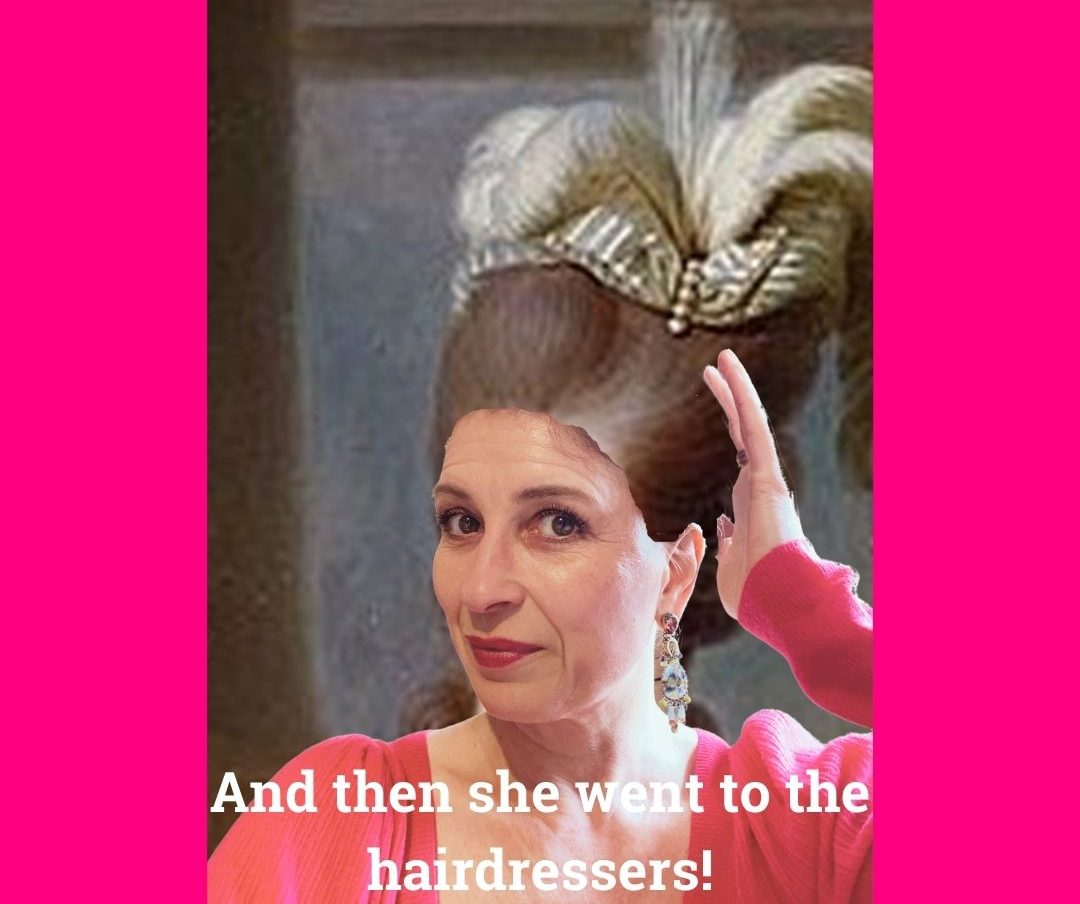
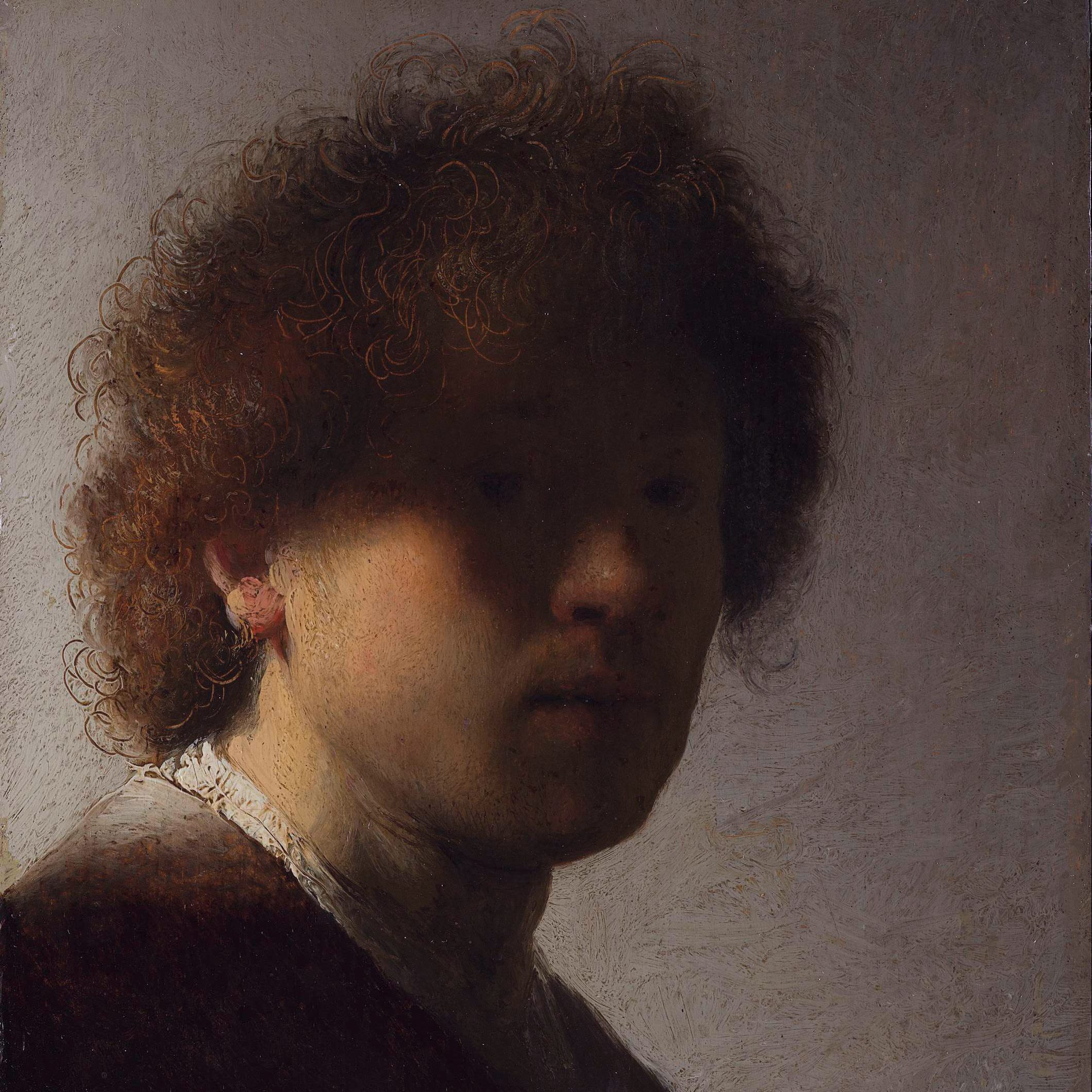
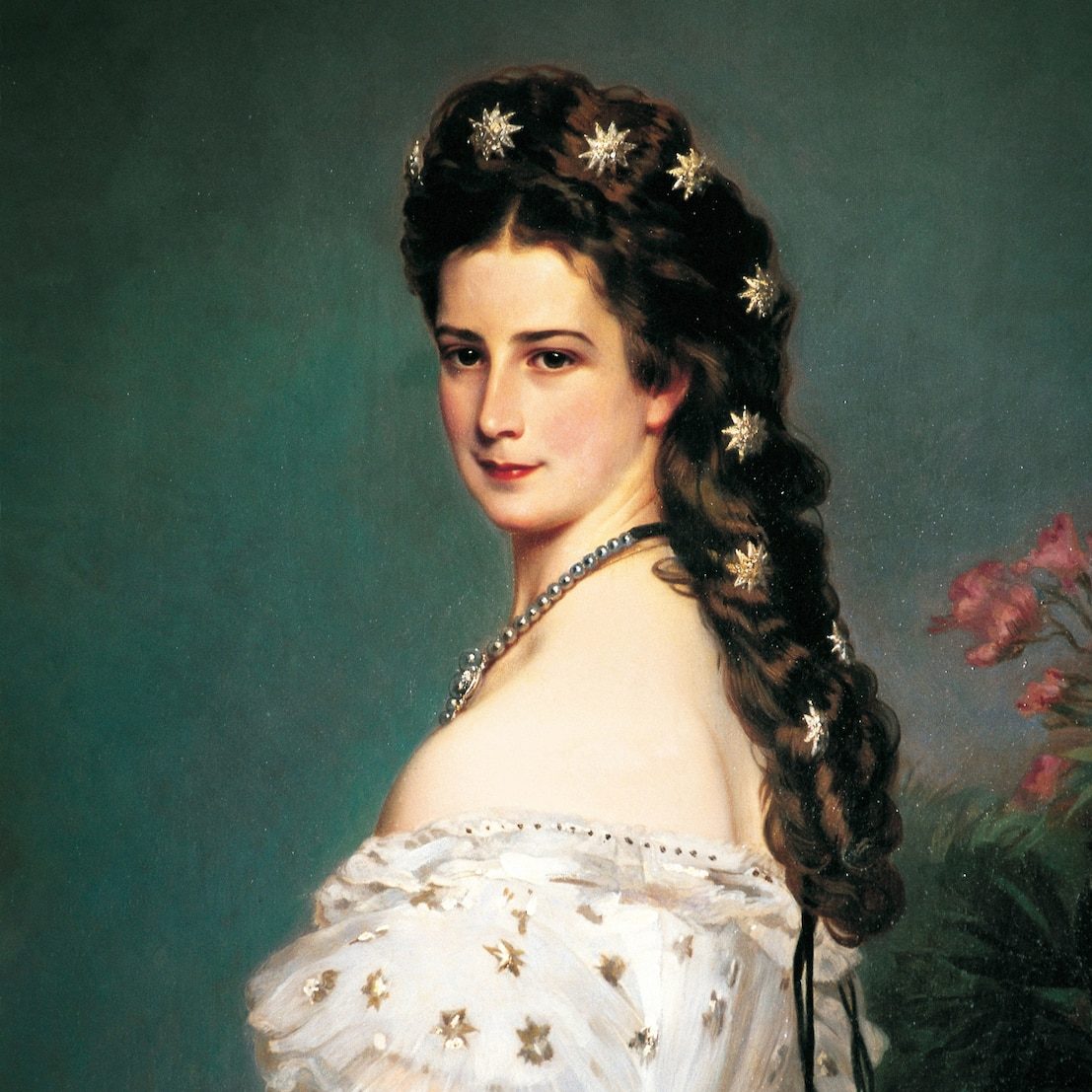
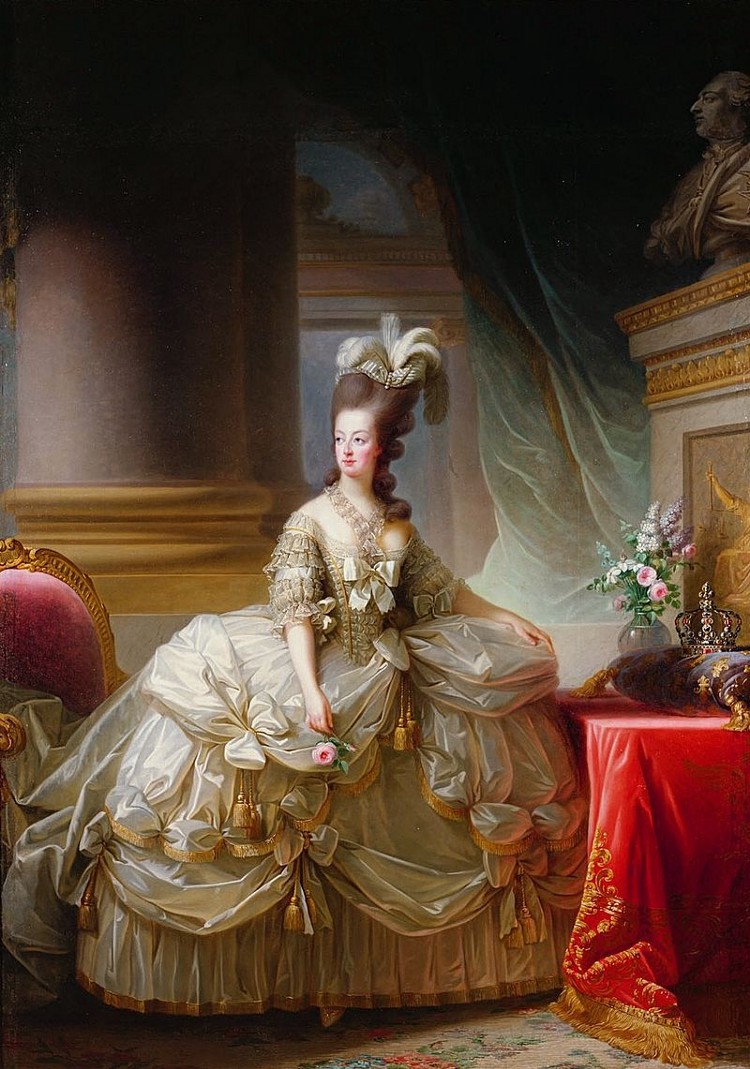
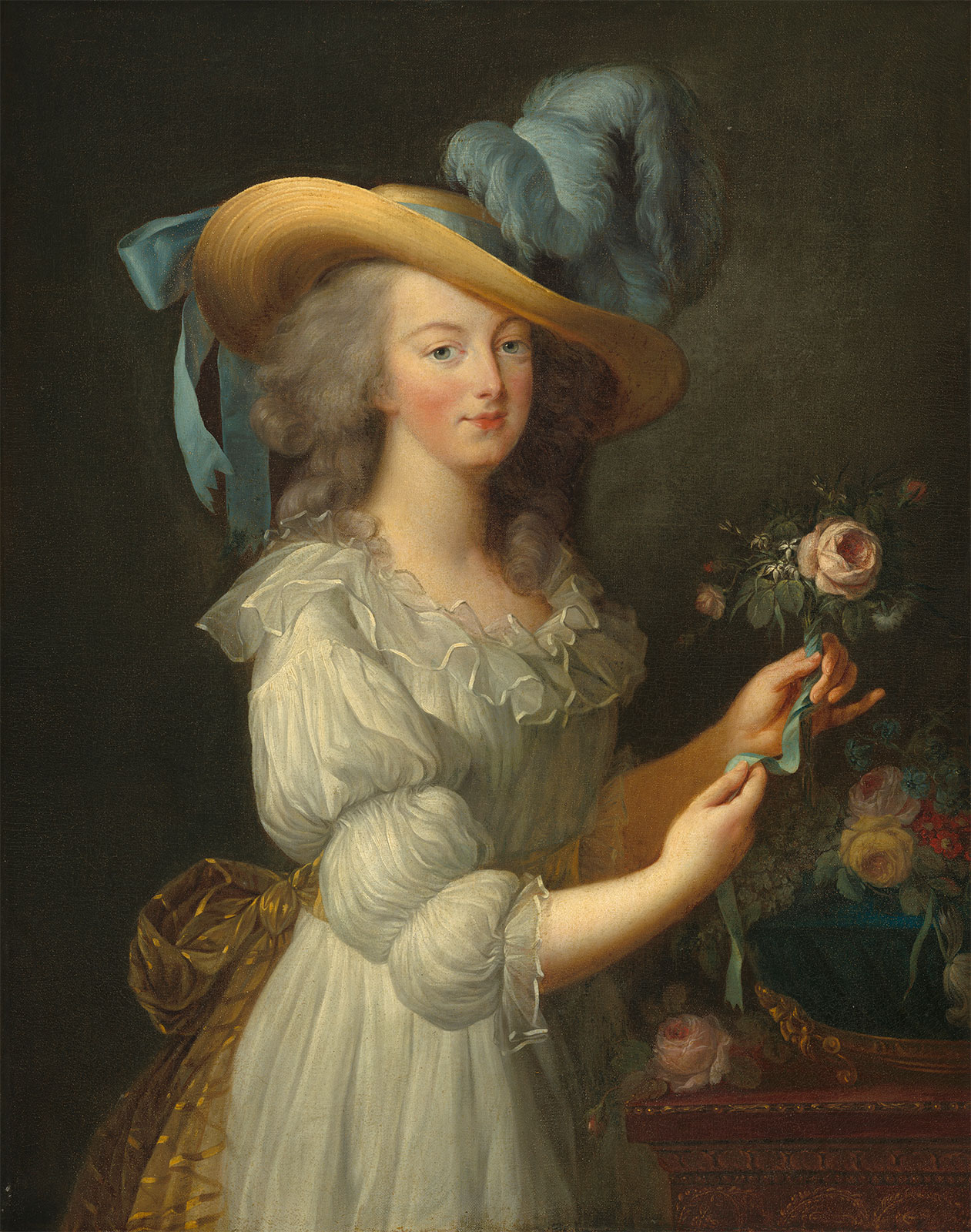
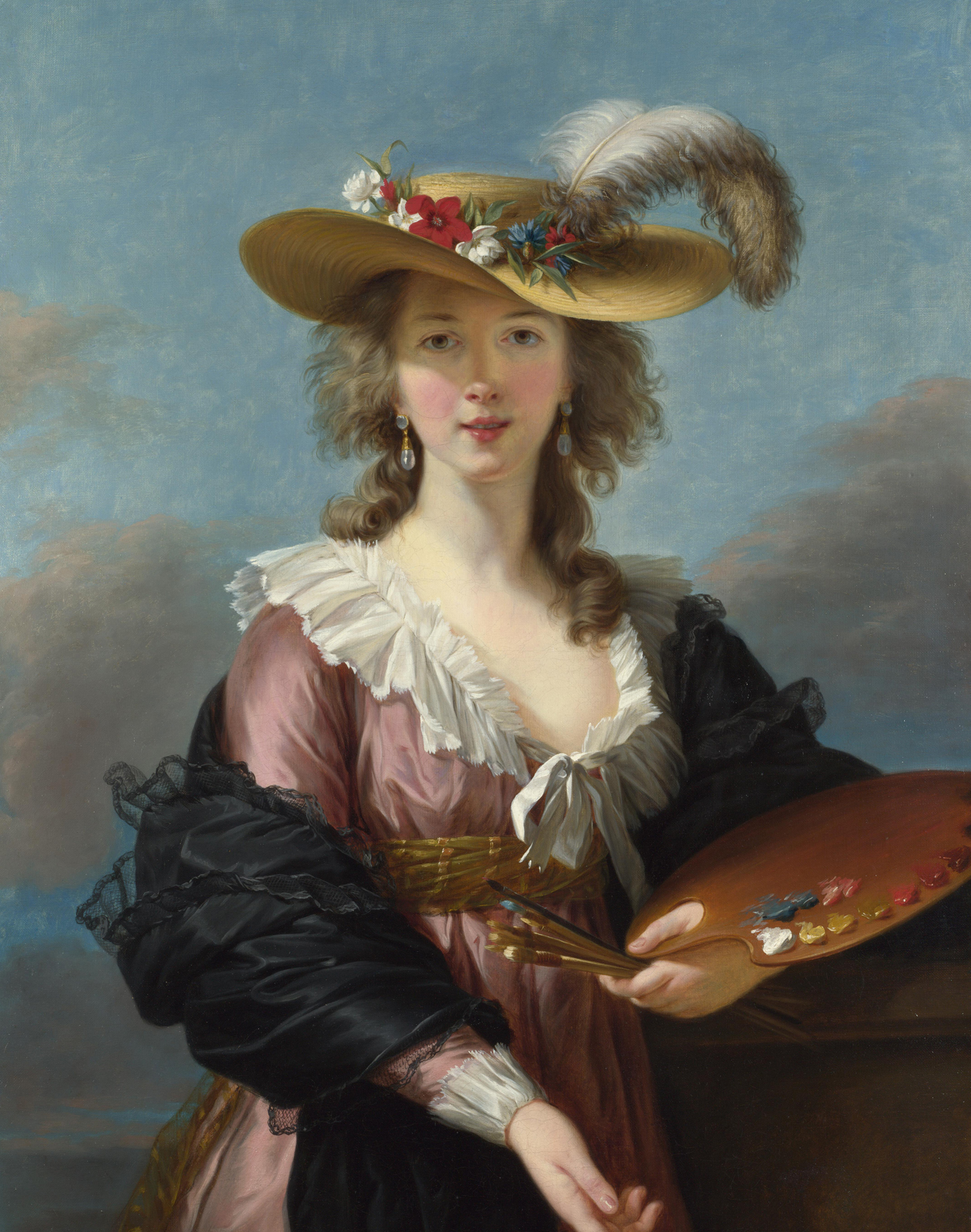

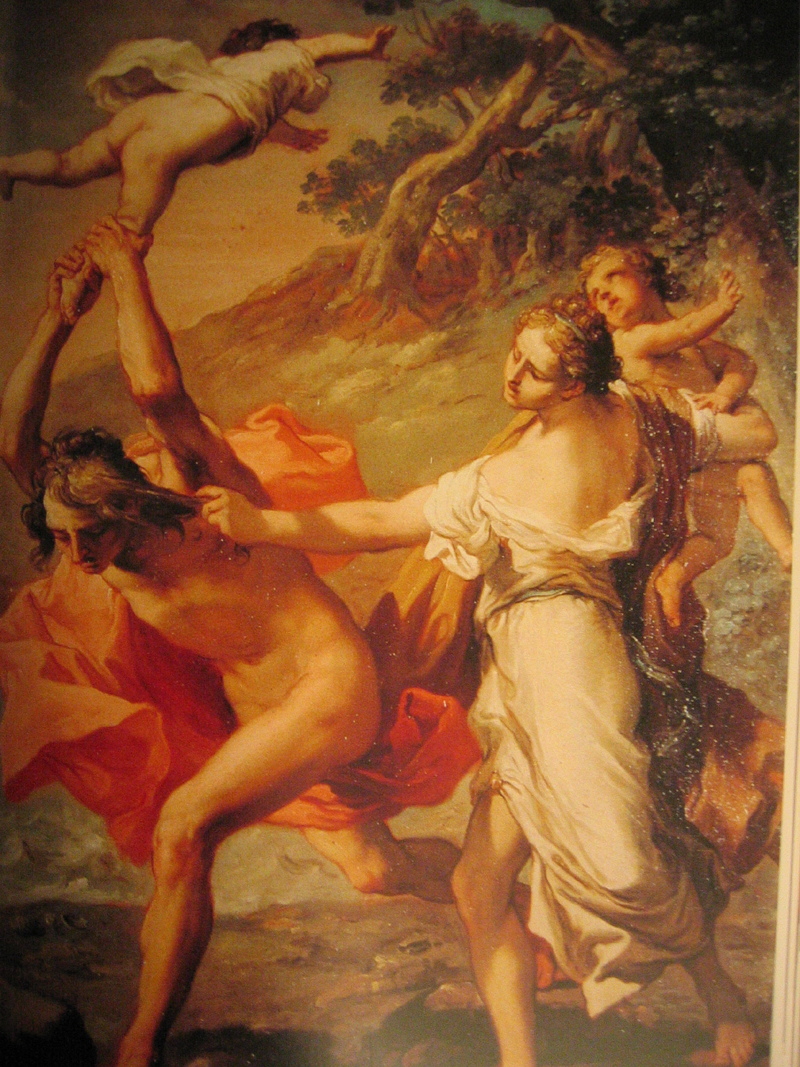
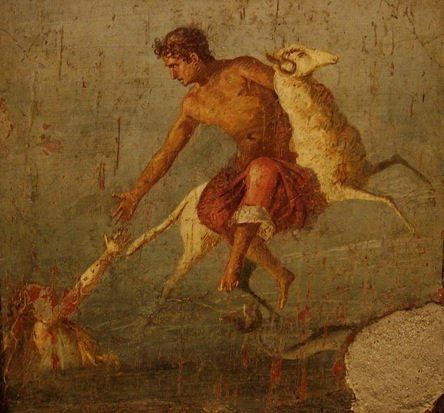
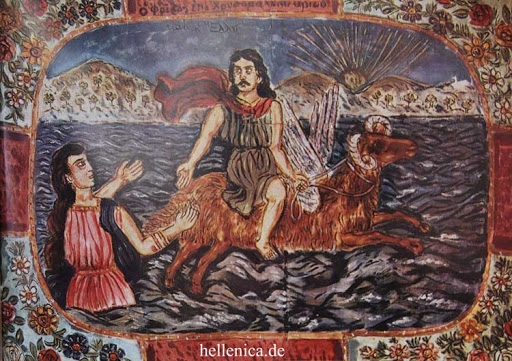
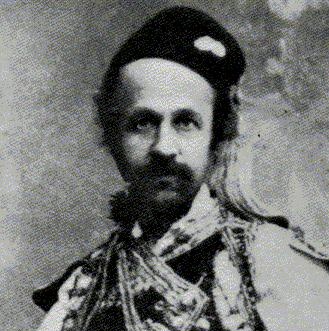

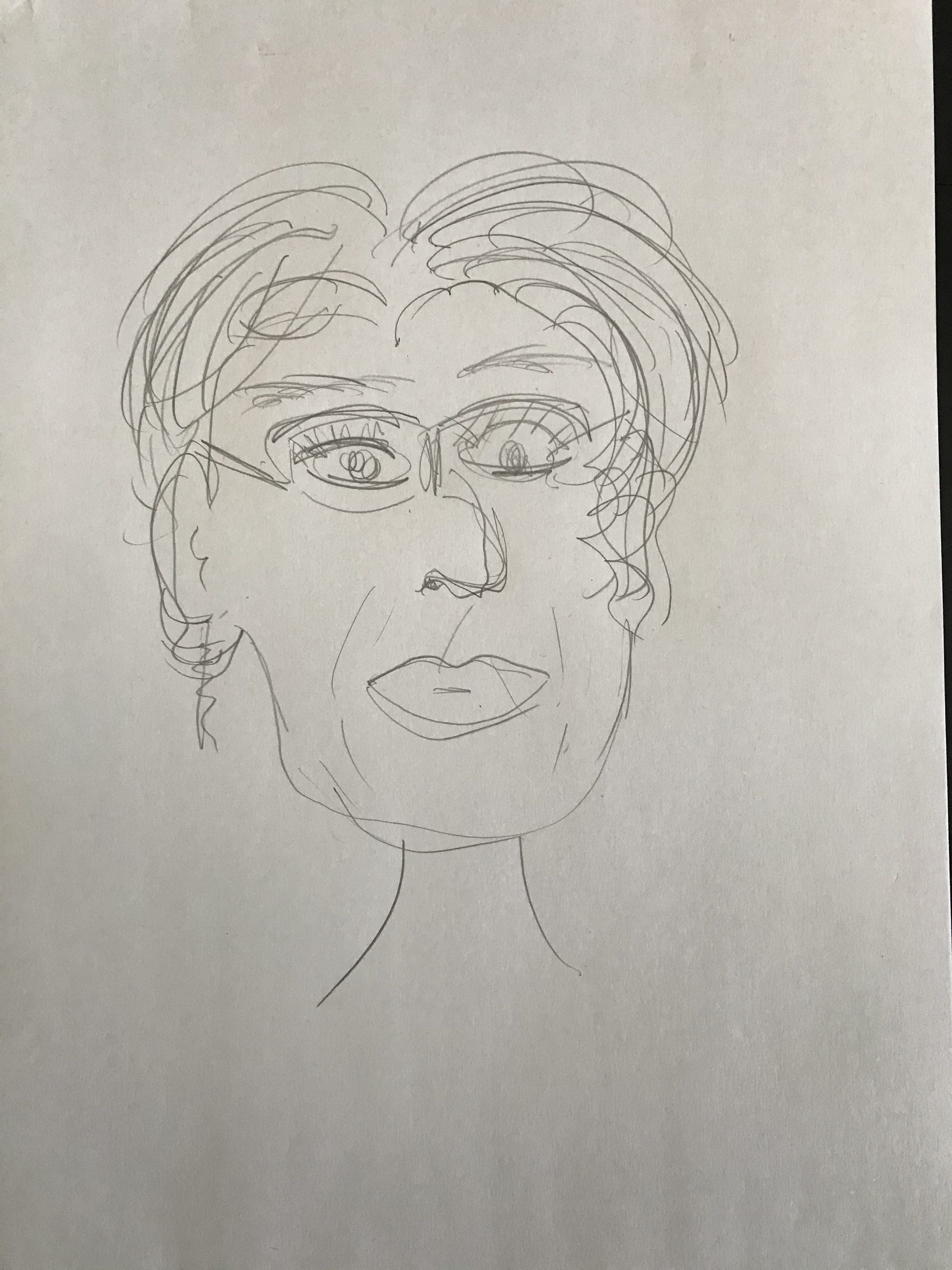

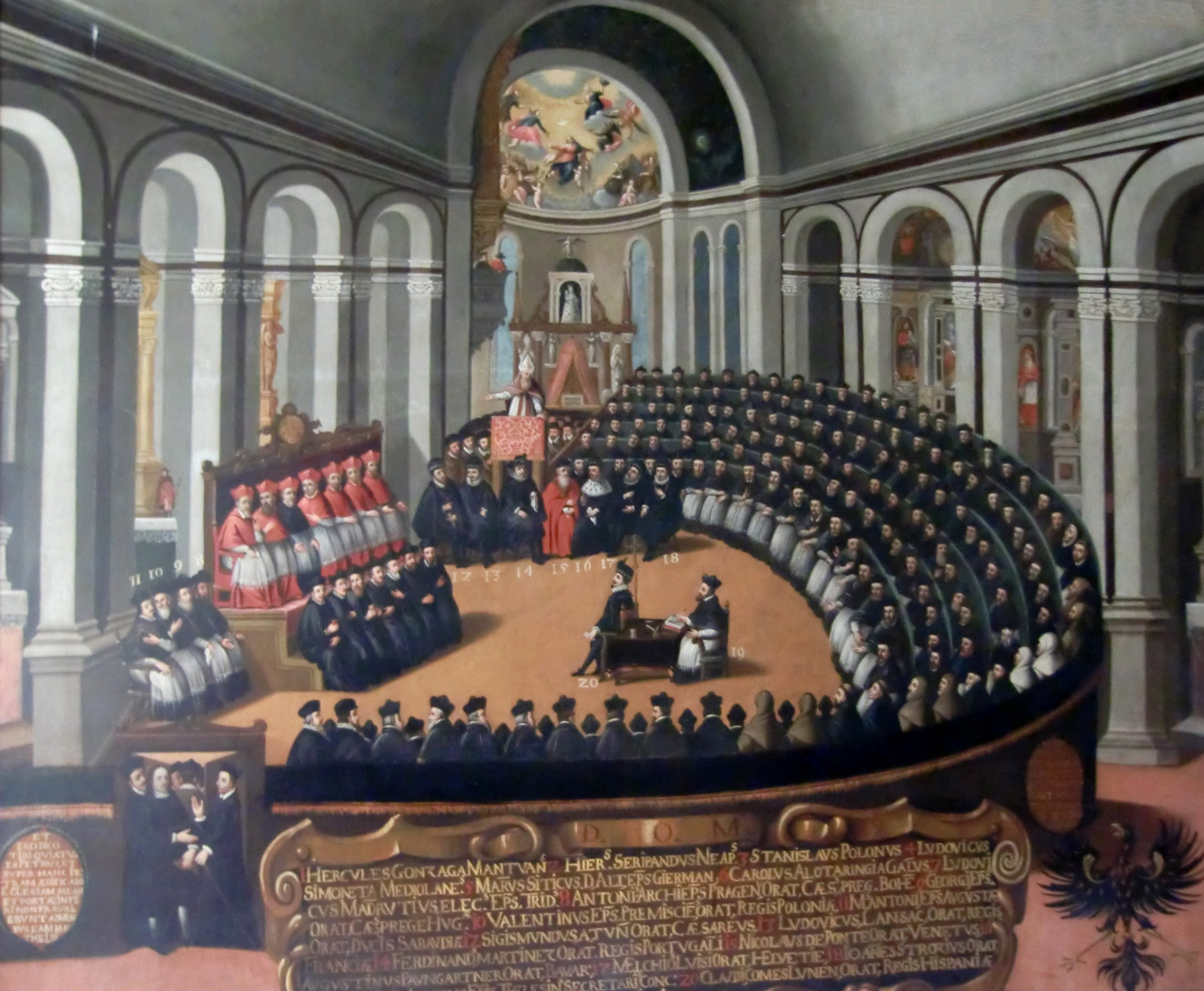


Recent Comments